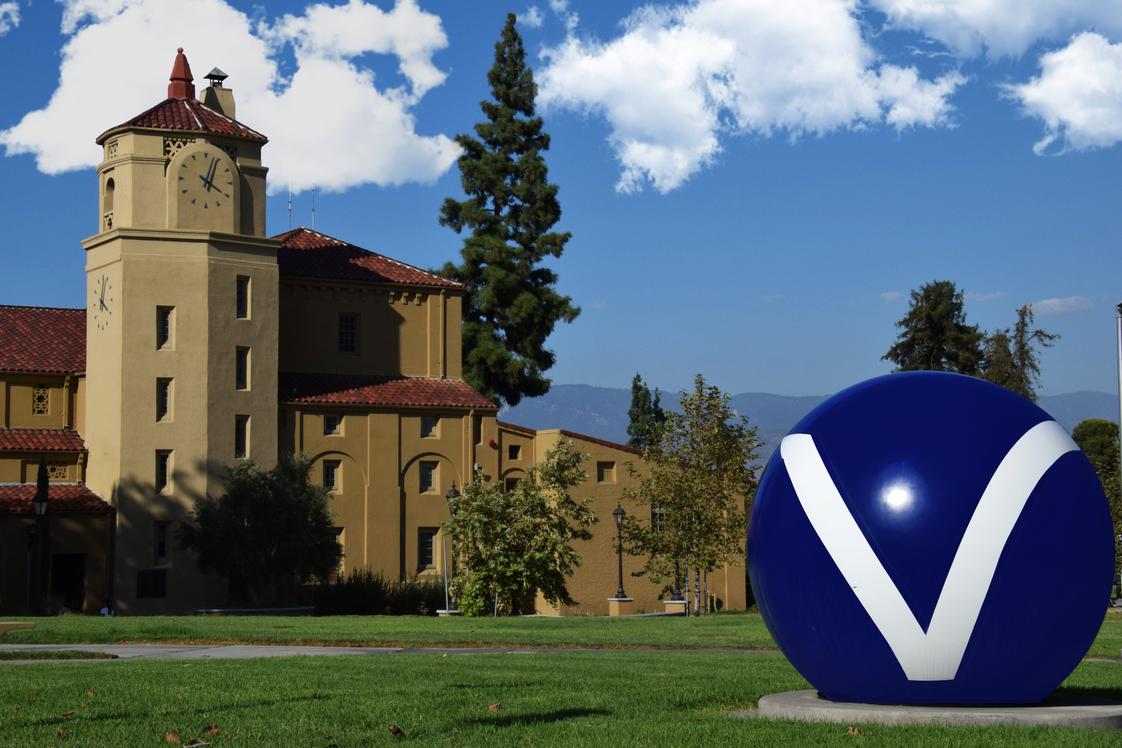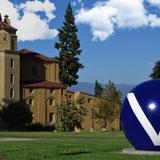- Welcome to San Bernardino Valley College! For over 91 years, SBVC has offered the highest quality college education in liberal arts, science, technology, business, and the humanities. Our certificates cover many popular, in-demand, and emerging professions, including nursing, geographic information systems, and water supply technology. At SBVC, we make it a point to stay in touch with our educational and business partners to make sure that we are offering programs that area employers look to for qualified graduates. Our faculty and classified professionals reflect our community and combine academic preparation with a love of teaching to create a caring learning environment. Many of our professors and instructors have doctoral degrees and extensive industry experience, allowing them to pass on solutions to the real-world challenges you will face in your career. SBVC's mission is to prepare students for transfer to four-year universities, to enter the workforce by earning applied degrees and certificates, to foster economic growth and global competitiveness through workforce development, and to improve the quality of life in the Inland Empire and beyond.
School Highlights
San Bernardino Valley College serves 16,416 students (44% of students are full-time).
The college's student-teacher ratio of 26:1 is lower than the state community college average of 32:1.
Minority enrollment is 88% of the student body (majority Hispanic), which is more than the state average of 77%.
Quick Facts (2025-26)
- Enrollment: 16,416 students
- In-state tuition: $1,238
- Out-state tuition: $4,420
- Student-teacher ratio: 26:1
- Minority enrollment: 88%
- Source: Verified school update
Top Rankings
San Bernardino Valley College ranks among the top 20% of public schools in California for:
Category
Attribute
Affordability
School Overview
The teacher population of 629 teachers has stayed relatively flat over five years.
San Bernardino Valley College
(CA) Community College Avg.
Carnegie Classification
Associate's Colleges: Mixed Transfer/Career & Technical-High Traditional
Baccalaureate/Associate's Colleges: Associate's Dominant
Institution Level
At least 2 but less than 4 years
At least 2 but less than 4 years
Institution Control
Public
Public
Total Faculty
629 staff
315 staff
Student Body
The student population of San Bernardino Valley College has grown by 10% over five years.
The student-teacher ratio of 26:1 has increased from 19:1 over five years.
The San Bernardino Valley College diversity score of 0.51 is less than the state average of 0.70. The school's diversity has grown by 8% over five years.
Total Enrollment
16,416 students
9,796 students
Student-Teacher Ratio
26:1
32:1
# Full-Time Students
7,178 students
1,259 students
# Part-Time Students
9,238 students
8,537 students
# Enrollment Undergraduate
164 students
242 students
# Full-Time Undergraduate Students
7,178 students
1,250 students
# Full-Time Graduate Students
n/a
63 students
# Part-Time Undergraduate Students
9,238 students
8,299 students
# Part-Time Graduate Students
n/a
10 students
Total Dormitory Capacity
n/a
121 students
% American Indian/Alaskan
n/a
n/a
% Asian
5%
13%
% Hispanic
68%
47%
% Black
11%
7%
% White
12%
23%
% Hawaiian
n/a
1%
% Two or more races
3%
5%
% Non Resident races
n/a
1%
% Unknown races
1%
3%
Diversity Score
0.51
0.70
College Completion Rate (Students who graduate in less than 4 years)
20%
42%
College Completion Rate (Students who graduate in 4 years or more than 4 years)
n/a
43%
Average Graduate Earnings (10 Years)
$31,200
$34,700
Tuition and Acceptance Rate
The public in-state tuition of $1,238 is less than the state average of $1,516. The in-state tuition has declined by 6% over four years.
The public out-state tuition of $4,420 is less than the state average of $6,779. The out-state tuition has declined by 32% over four years.
In-State Tuition Fees
$1,238
$1,516
Out-State Tuition Fees
$4,420
$6,779
Tuition Notes
$46 per unit for California residents, $406.00 for non-resident applicants
% Students Receiving Some Financial Aid
70%
85%
Median Debt for Graduates
$2,400
$9,500
Median Debt for Dropouts
$3,500
$5,500
Acceptance Rate
n/a
93%
Sports
Total Sports Offered
8 sports
Sports
BaseballBasketball
Cross CountryFootball
SoccerSoftball
Track and FieldVolleyball
Source: 2024 (or latest year available) Integrated Postsecondary Education Data System (IPEDS) , School Administrators
School Notes
- The mission of San Bernardino Valley College is to prepare students to transfer to four-year colleges and universities; to provide students with the knowledge and skills needed to succeed in business, industry and the professions; to advance the state and region's economic growth and global competitiveness through continuous workforce development; to work in partnership with the local community to improve the quality of life in the Inland Empire; and to prepare students for active participation in a multicultural society. The faculty and staff of San Bernardino Valley College are committed to student success and to teaching and service excellence. There are so many new changes happening on campus. Our new Library opened last June and we are beginning to use the new Health and Life Science building. The new Administration building should be completed by the end of the year. San Bernardino Valley College is fully accredited by the Western Association of Schools and Colleges, an institutional accrediting body recognized by the Commission on Recognition of Post Secondary Accreditation and The U.S. Department of Education.
Frequently Asked Questions
How much does San Bernardino Valley College cost?
San Bernardino Valley College's tuition is approximately $1,238 for In-State students and $4,420 for Out-State students.
What sports does San Bernardino Valley College offer?
San Bernardino Valley College offers 8 interscholastic sports: Baseball, Basketball, Cross Country, Football, Soccer, Softball, Track and Field and Volleyball.
What is San Bernardino Valley College's ranking?
San Bernardino Valley College ranks among the top 20% of community college in California for: Least expensive tuition.
In what neighborhood is San Bernardino Valley College located?
San Bernardino Valley College is located in the Valley College neighborhood of San Bernardino, CA.
Recent Articles

How to Transfer from Community College to a Four-Year University in 2025
A step-by-step guide for community college students transferring to a four-year university in 2025 — updated strategies, data and expert insights.

Scholarships for Community College Students 2025
Explore updated scholarship programs, tuition data, and expert strategies for community college students in 2025.

The Rise of Technical and Vocational Training in 2025
Explore the 2025 surge in technical and vocational training—enrollment, policy, costs, and why this path is gaining ground for students and parents.























